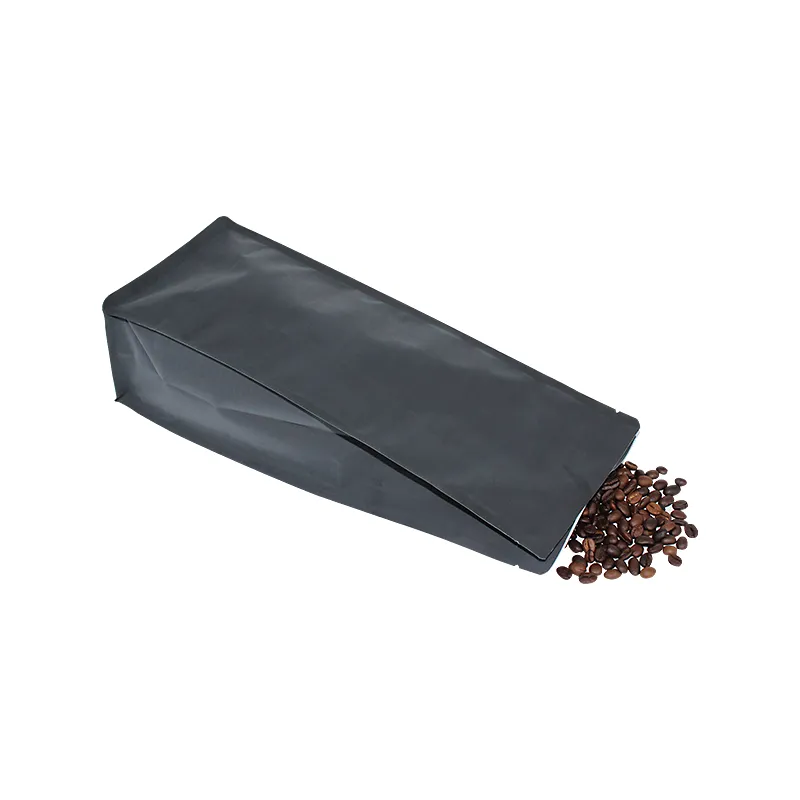- Afrikaans
- Albanian
- Amharic
- Arabic
- Armenian
- Azerbaijani
- Basque
- Belarusian
- Bengali
- Bosnian
- Bulgarian
- Catalan
- Cebuano
- chinese_simplified
- chinese_traditional
- Corsican
- Croatian
- Czech
- Danish
- Dutch
- English
- Esperanto
- Estonian
- Finnish
- French
- Frisian
- Galician
- Georgian
- German
- Greek
- Gujarati
- haitian_creole
- hausa
- hawaiian
- Hebrew
- Hindi
- Miao
- Hungarian
- Icelandic
- igbo
- Indonesian
- irish
- Italian
- Japanese
- Javanese
- Kannada
- kazakh
- Khmer
- Rwandese
- Korean
- Kurdish
- Kyrgyz
- Lao
- Latin
- Latvian
- Lithuanian
- Luxembourgish
- Macedonian
- Malgashi
- Malay
- Malayalam
- Maltese
- Maori
- Marathi
- Mongolian
- Myanmar
- Nepali
- Norwegian
- Norwegian
- Occitan
- Pashto
- Persian
- Polish
- Portuguese
- Punjabi
- Romanian
- Russian
- Samoan
- scottish-gaelic
- Serbian
- Sesotho
- Shona
- Sindhi
- Sinhala
- Slovak
- Slovenian
- Somali
- Spanish
- Sundanese
- Swahili
- Swedish
- Tagalog
- Tajik
- Tamil
- Tatar
- Telugu
- Thai
- Turkish
- Turkmen
- Ukrainian
- Urdu
- Uighur
- Uzbek
- Vietnamese
- Welsh
- Bantu
- Yiddish
- Yoruba
- Zulu
paper carton
The Evolution and Importance of Paper Cartons in Packaging
In recent years, the packaging industry has seen a significant shift toward sustainable and eco-friendly materials, with paper cartons gaining prominence as a versatile and responsible choice. As we delve into the world of paper cartons, it becomes evident that their evolution reflects broader trends in consumer preferences, environmental awareness, and technological advancements.
Historically, the use of paper for packaging can be traced back to ancient civilizations, where it was employed for wrapping and protection. However, the modern paper carton as we know it emerged in the early 20th century, driven by the need for effective packaging solutions for various products, particularly in the food and beverage sector. The introduction of paperboard cartons revolutionized packaging, providing a lightweight yet sturdy option that could be easily printed on, thus allowing brands to enhance their visibility and appeal.
One of the key advantages of paper cartons is their sustainability. Made from renewable resources, they are biodegradable and recyclable, which aligns with the growing consumer demand for environmentally friendly products. In a world grappling with plastic pollution, many companies are now seeking to reduce their plastic footprint by transitioning to paper-based packaging. Brands like Coca-Cola and Unilever have committed to using paper cartons for a significant portion of their packaging, demonstrating a commitment to sustainability that resonates with consumers.
paper carton

Technological advancements have also played a vital role in the development of paper cartons. Innovations in manufacturing processes have led to the production of stronger, more versatile paperboard that can withstand different conditions while maintaining its structural integrity. This has enabled the creation of a wide range of carton styles and sizes, from simple foldable boxes to complex designs that offer tamper-evident features and enhanced protection for their contents. Additionally, advancements in printing technology allow for vibrant designs that attract consumers and convey important information about the product, such as ingredients and usage instructions.
Another emerging trend in the paper carton industry is the focus on reducing waste in the supply chain. Many companies are adopting circular economy principles, aiming to minimize waste by reusing and recycling materials. This is particularly relevant in the food sector, where the safety and freshness of products are paramount. Paper cartons can be lined with barrier coatings to protect contents from moisture and oxygen, extending the shelf life of perishable goods while remaining recyclable after use.
Despite their numerous advantages, paper cartons are not without challenges. The production of paper requires significant amounts of water and energy, and not all carton materials are sourced from sustainable forests. Therefore, certification programs like the Forest Stewardship Council (FSC) play an essential role in ensuring that paper products are sourced responsibly. Furthermore, the ability of paper cartons to protect against liquid leakage or contamination has improved but still varies according to the type and quality of the cartons used.
In conclusion, paper cartons exemplify the intersection of tradition and innovation in packaging. Their evolution reflects changing consumer values, a push toward sustainability, and the continuous advancement of manufacturing technology. As more brands recognize the importance of eco-friendly packaging, it is likely that paper cartons will continue to grow in popularity, providing a practical and responsible solution for a wide array of products. By investing in sustainable practices and innovations, the paper carton industry is poised to play a significant role in shaping the future of packaging and maintaining a healthier planet.













